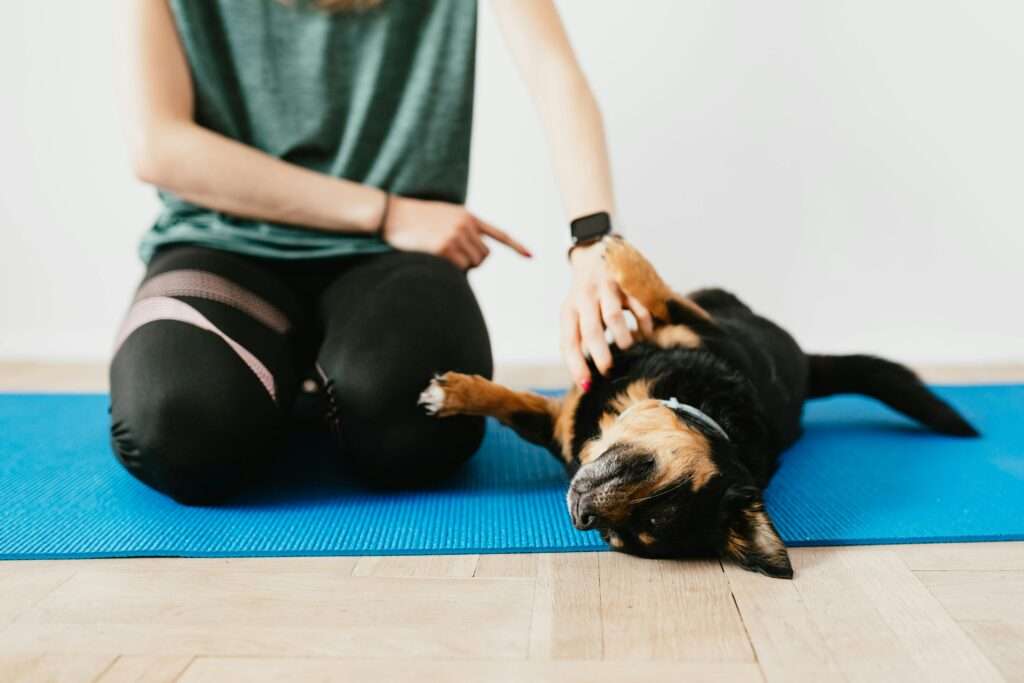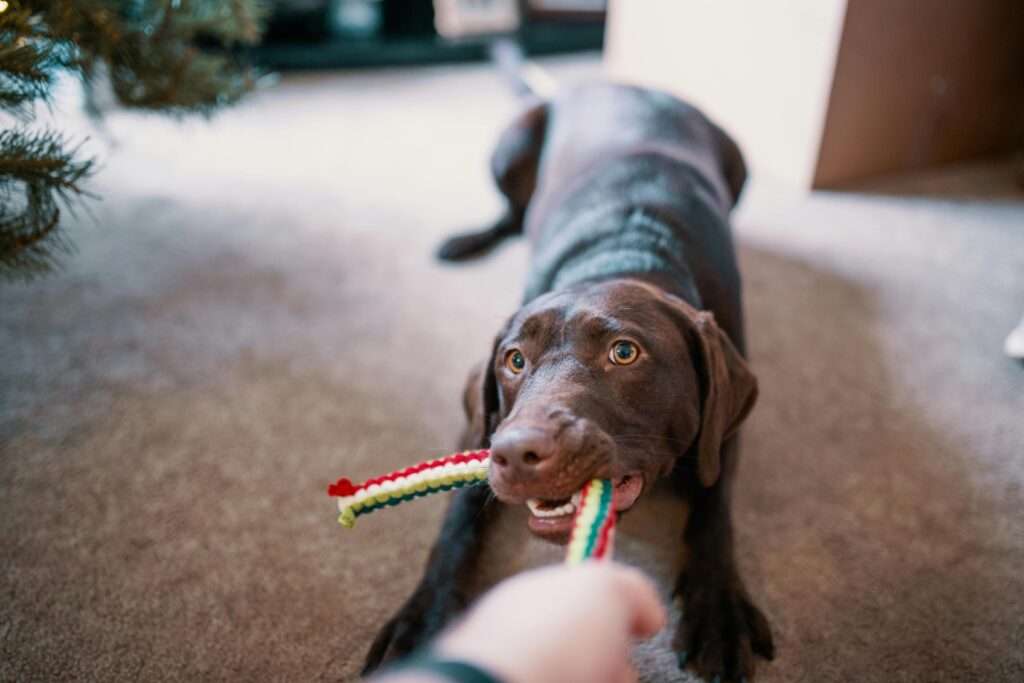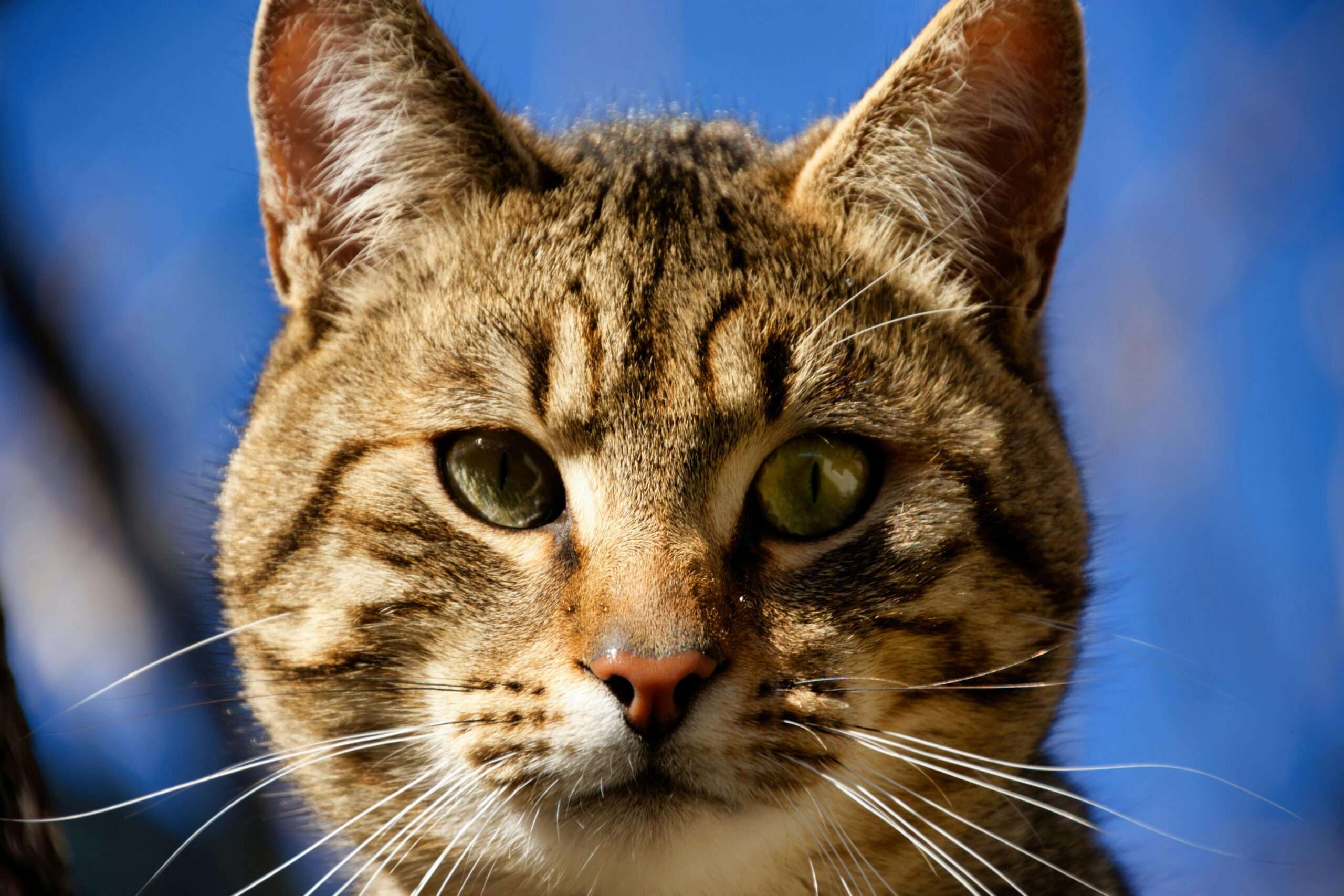Preparing your pet doesn’t ought to be frustrating or time-consuming. With the proper strategies, apparatuses, and attitude, you’ll be able to instruct your fuzzy companion great behavior, submission, and indeed fun traps in no time! Whether you’re house-preparing a puppy, educating a cat to utilize a litter box, or adjusting terrible behavior, these pet-preparing hacks will make your life simpler and your pet more joyful.

Let’s jump into 10 game-changing pet preparation tips that each pet proprietor should know!
- Utilize Positive Reinforcement—Reward, Do not Rebuff!
Numerous pet proprietors make the botch of rebuffing bad behavior rather than fulfilling great behavior. But it appears that positive support preparing works much better!
✅ How It Works:
Rather than shouting when your pooch bounced on visitors, remunerate them when they remain calm.
In case your cat scratches furniture, divert them to a scratching post and commend them when they utilize it.
Continuously remunerate great behavior instantly so your pet makes the association.
Best Rewards for Pet Preparing:
Little treats (best treats for pooch preparation incorporate Zuke’s scaled-down Naturals)
Verbal commend (“Great boy!” or “Extraordinary job!”)
Additional recess or stomach rubs
Pro Tip:
Keep preparing sessions short (5-10 minutes) and fun to keep your pet locked in!
- Clicker preparation for Quick Comes about
Clicker preparing is one of the quickest ways to prepare a pet at home without proficient offer assistance. It works by pairing the sound of a clicker with a compensation, making it less demanding for your pet to get it what behavior gains a treat.

✅ How to Utilize a Clicker for Pet Preparing:
Tap the clicker; at that point, promptly allow your pet a treat. Rehash a number of times so they relate the sound with a compensate.
Inquire your pet to perform a command (like sit), and the minute they do it, press and compensate.
Over time, your pet will get it that the clicker implies they did something right!
💡 Best for:
Pooches, cats, fowls, and indeed rabbits!
Professional Tip:
Utilize the PetSafe Clik-R Clicker Coach for best results!
- Establishing a House Training Routine for Your Puppy
If you are encountering difficulties in housetraining your puppy, the key lies in maintaining consistency and adhering to a structured schedule.

✅ Suggested Puppy Potty Training Schedule:
- Take your puppy outside first thing in the morning.
- Take them out following each meal and nap.
- Take them out prior to bedtime.
- Offer praise and rewards immediately after they relieve themselves outdoors.
💡 Recommended Tool: AmazonBasics puppy training pads are ideal for managing indoor accidents.
Pro Tip: Avoid punishing your puppy for accidents; simply clean up and reinforce the appropriate location for potty breaks.
- Teaching Basic Commands Using Hand Signals
Incorporating hand signals alongside verbal commands can enhance your pet’s learning speed and responsiveness.
✅ Guidelines for Training with Hand Signals:
- Sit: Raise your hand with the palm facing upward.
- Stay: Extend your palm outward as if signaling to stop.
- Come: Extend your arm and then draw it back towards your chest.
Pro Tip: Always provide immediate rewards when your puppy successfully follows a command!
- Address undesirable behavior through redirection:
When your pet engages in undesirable actions such as chewing on furniture, excessive barking, or scratching, refrain from repeatedly saying “no.” Instead, redirect their focus to more appropriate activities.

✅ Example:
If a dog is chewing on shoes, provide a chew toy as an alternative.
If a cat is scratching the couch, offer a scratching post.
If a dog is jumping on guests, teach them to sit and reward them for calm behavior.
Pro Tip: Consistency is essential—redirect their attention every time until they understand!
- Early Socialization of Your Pet
To cultivate a well-mannered and confident pet, early socialization is vital. Introduce your pet to various people, environments, and other animals as soon as possible.
✅ socialization suggestions:
Take your puppy for walks in diverse locations.
Allow your dog to interact with friendly, vaccinated dogs.
Expose your pet to a variety of sounds (such as cars, vacuums, and doorbells).
Pro Tip: Initiate socialization between 8 and 16 weeks of age for optimal outcomes!
- Employ Puzzle Toys to Alleviate Boredom
A pet that is bored is likely to exhibit misbehavior. Puzzle toys provide mental stimulation and help mitigate destructive tendencies.
✅ Recommended puzzle toys for pet training:
KONG Classic Dog Toy (fill it with treats for extended entertainment!)
Snuffle Mats (suitable for both dogs and cats!)
Interactive Treat Dispensers
Pro Tip: Utilize puzzle toys when leaving the house to help reduce separation anxiety!

- Train in a Calm, Distraction-Free Environment
Pets absorb information most effectively in quiet, low-distraction settings. Begin training at home and gradually introduce distractions as your pet improves.
✅ Training Procedure:
Commence in a quiet room (free from television and other people).
Once your pet masters a command, practice in a slightly busier environment.
Eventually, conduct training in public areas (such as parks or pet-friendly stores).
Pro Tip: Keep training sessions brief (5-10 minutes) to prevent frustration.


